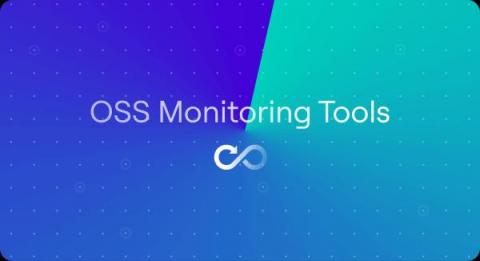6 Outstanding Status Page Examples to Inspire You in 2023
In the digital landscape of 2023, transparency and communication are pivotal pillars for building and maintaining trust with your user base. As your online operations expand, so does the imperative for clear, transparent, and proactive incident communication. A well-designed status page not only keeps your users informed during downtimes or technical issues but also reinforces your brand’s commitment to openness and quality service.








